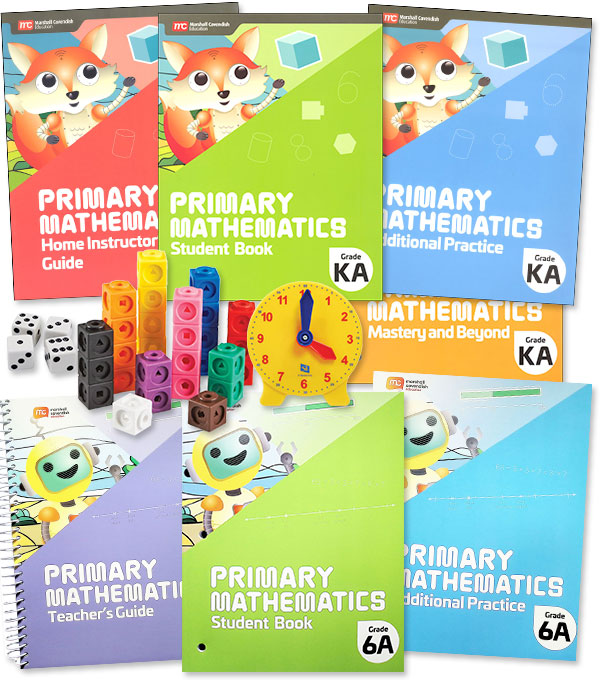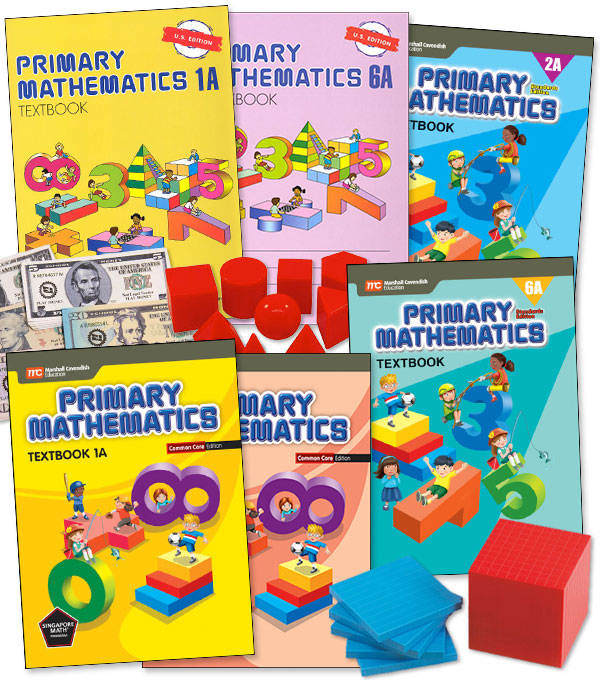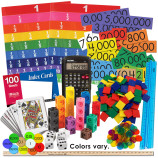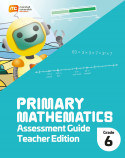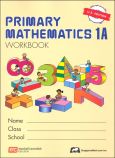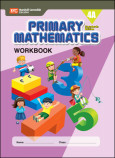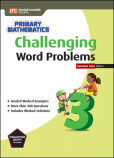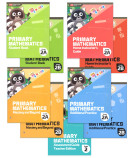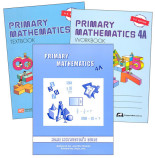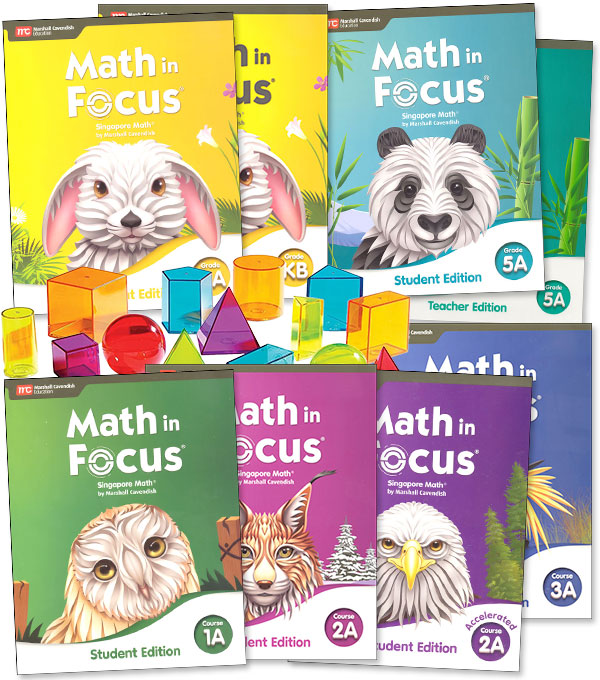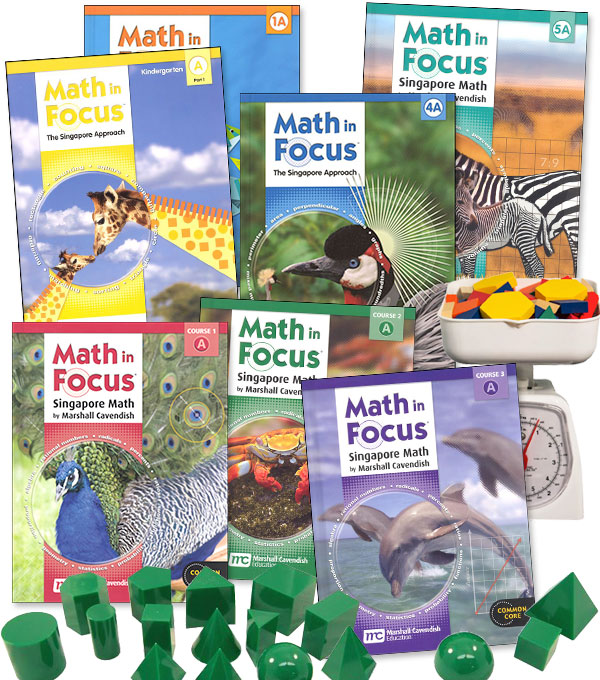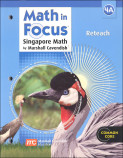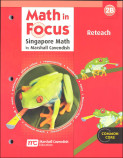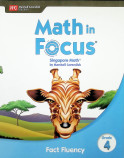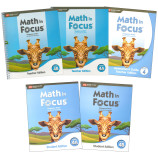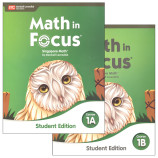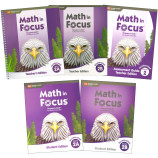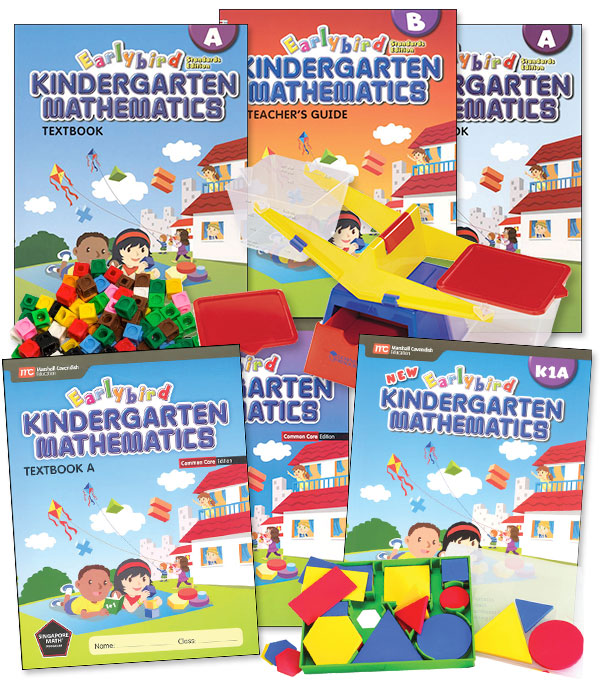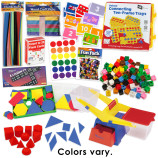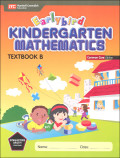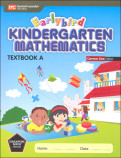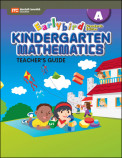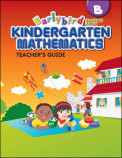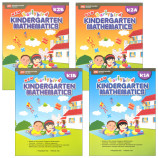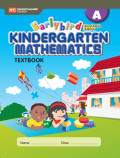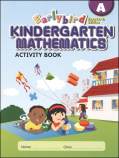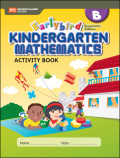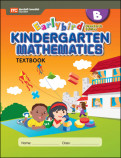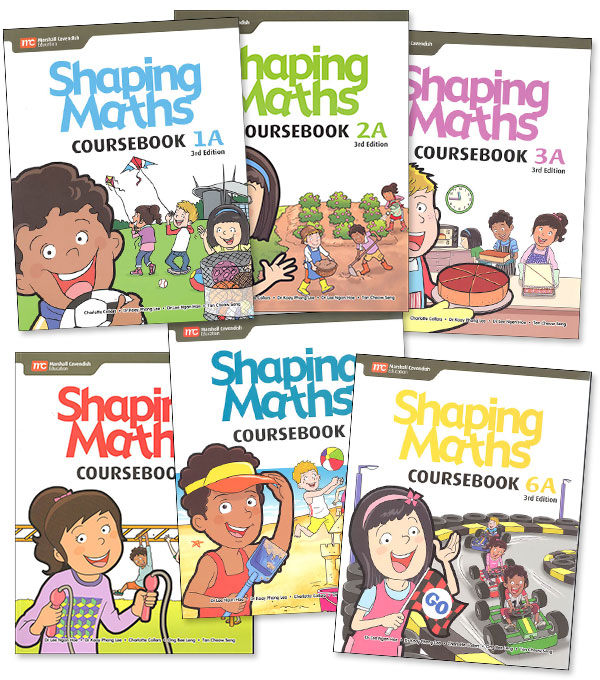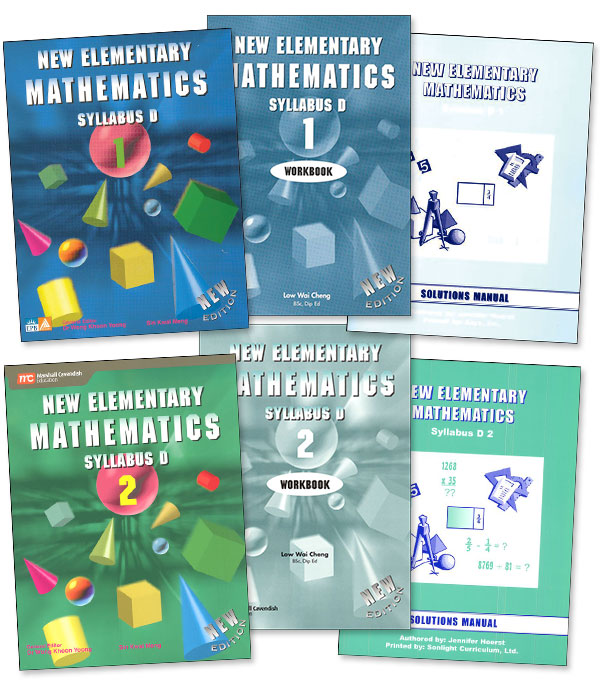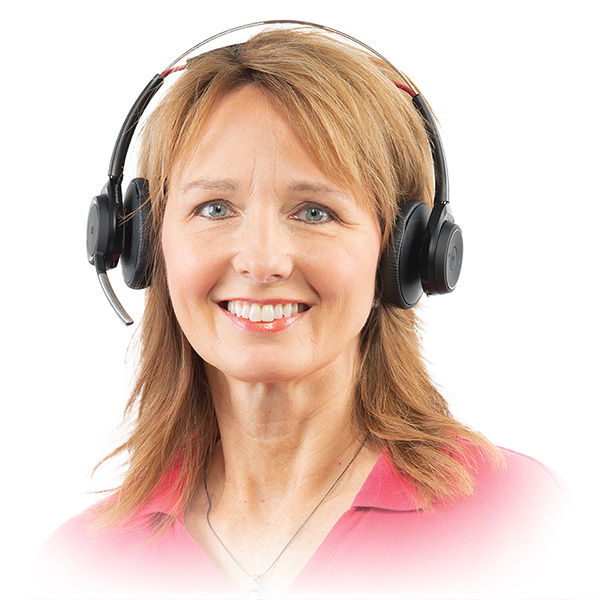We use cookies to make your experience better. To comply with the new e-Privacy directive, we need to ask for your consent to set the cookies. Learn more.
Singapore Math Curriculum
The Singapore math approach is considered one of the best in the world, with Singapore students outperforming others in math competitions. This math philosophy encourages flexible and creative problem solving, teaching students to look at problems in different ways while focusing on the “why” behind math. It uses a concrete-pictorial-abstract approach to teach concepts and build a strong math foundation. Students master one concept at a time before moving on to another topic. We offer many different math programs for homeschooling using the Singapore method. Although each curriculum is a little different, they all employ the same Singapore methodology.
Singapore Math Features:
• Explains abstract math concepts in an understandable way
• Manipulatives and bar models/drawings are used for concrete and pictorial representation
• Students learn strong problem-solving and mental math skills
• Many different Singapore math programs are available to meet your individual preferences
Singapore Math Homeschool Placement Tests:
Primary Math Singapore Programs
Primary Math 2022 (Grades K-6)


If you desire more teacher support including digital components and the latest Singapore math syllabus, Primary Math 2022 is a great option for your math curriculum. Written by Singapore instructors, this edition uses the newest Singapore Ministry of Education syllabus that reflects 21st century skills. Topics have been rearranged with a different scope and sequence. Manipulatives are used in every grade level. Components include a colorful Student Worktext, a Home Instructor Guide or Teacher Guide, Additional Practice book, and a Mastery and Beyond book. Digital resources are available for the student and teacher.
Primary Math 2022 Features:
- User-friendly teaching resources help parents feel confident when teaching
- Teaching resources correlate with the student books all throughout the lessons
- Additional Practice and Mastery and Beyond books add more practice and review
Primary Mathematics (Grades 1-6)
US, Standards, and Common Core Editions


Choose one of these options if you like mental math exercises, a workbook/textbook format, and using an older Singapore math syllabus. These three programs follow a similar scope and sequence of topics each year. The US Edition (©2003) is most like the original Singapore program except it uses US measurement and currency. The Standards Edition (©2008) adopted the 2007 California standards prior to Common Core. Units in probability, data analysis, negative numbers, and coordinate graphing, along with cumulative review were added to the program. The Common Core Edition (©2014) aligns with Common Core Standards.
Primary Mathematics Features:
- All editions have a textbook, workbook, and teaching resources for each semester
- Mental math activities and fact practice drills are included in the teacher resources
- Supplemental books are available for extra practice
Math in Focus Singapore Programs
Math in Focus 2020 (Grades K-8)


Math in Focus 2020 is a good option if you want to use the newest Singapore Ministry of Education syllabus and a Singapore math program that takes you all the way through grade 8 (ready for algebra). The main components include a spiral bound teacher and student edition for each semester and an assessment book. Extra Practice & Homework books and Fact Fluency books are also available. Teacher Guides have more of an American classroom feel than Primary Math and the student editions include a little more instruction (more worked examples). No digital resources are available for this edition.
Math in Focus 2020 Features:
- Performance Tasks, STEAM exercises, and chapter reviews at the end of each chapter
- Lessons are completed over a two-or-three-day span
- Accelerated option is available in grade 7 to develop algebra readiness in grade 8
Math in Focus 2009-2015 (Grades K-8)


If you like the older edition of Math in Focus (primarily based on the 1999 Singapore math syllabus) and want to take your student through grade 8, this option is great. Although still maintaining the Singapore approach, this program was designed specifically for American classrooms and is aligned to Common Core Standards. Components include a teacher edition, non-consumable student textbook, and student workbook for each semester. Middle school students just have a student textbook (no workbooks). This edition also offers supplemental resources including Reteach, Enrichment, and Extra Practice books.
Math in Focus 2009-2015 Features:
- Teacher Edition includes reduced images of student text and workbook pages with instruction below
- Instructions in the teacher edition correspond directly with the student textbook
- Answer keys and Assessments are available to purchase separately
Earlybird Kindergarten Mathematics
Standards Edition, NEW, Common Core


Use Earlybird Kindergarten Mathematics for preschool or kindergarten before going into any of the Singapore math programs. Earlybird Kindergarten is available in Standards Edition (aligned to California standards from 2007), Common Core Edition (aligned to Common Core standards), and New Earlybird Math (very similar to Standards Edition). All three use a similar scope and sequence except for a few additional topics like length, size, time, and money covered in Standards and New Earlybird Math. Manipulative packages are sold separately.
Earlybird Mathematics Features:
- Teaching notes are included at the bottom of the workbook pages
- Teacher Guides are available for parents that want more detailed lesson plans
- Optional activity books include a variety of hands-on tasks
Shaping Maths (Grades 1-6)


Follow the lives of four fun characters in Shaping Maths. This series uses metric measurements and Singaporean money. The terminology and spellings also align with what is used in Singapore. Each level includes a Coursebook, Activity Book, and Teacher’s Planning Guide for each semester. Some lessons mention online resources that are available as a 12-month subscription with the purchase of the Teacher’s Planning Guide.
Shaping Maths Features:
- Teacher’s Planning Guide includes reduced copies of student pages with answers and detailed lesson plans
- Written for classroom use but easily adaptable for homeschoolers
- Grades 4-6 also include 12-month digital access to a Coursebook e-book
New Elementary Math (Grades 7-8)


Students can progress to New Elementary Math 1 and 2 after using the elementary Singapore math programs for grades K-6. These courses cover introductory and intermediate algebra, respectively. Components for each program include a textbook, non-consumable workbook, and solution manual. Instruction in the textbook is straightforward with worked examples and an exercise set. After every few chapters, cumulative review is included in the textbook. Tests cover two chapters at a time.
New Elementary Math Features:
- Incorporates pre-algebra, algebra, geometry, and some advanced math topics
- Emphasizes problem solving and mathematical reasoning skills
- Workbooks provide tests and end of chapter questions for review
Other Helpful Singapore Math Resources:
Still have questions?
Please reach out to our consultants for FREE to find answers to any curriculum questions you may have about Singapore Approach Math or other math programs.
3 Ways to Find Help:
- Live Chat during regular business hours, Monday - Friday, 8:30am -5pm CT
- Call to talk to our consultants during business hours at 888.841.3456
- Email anytime at consultants@rainbowresource.com and we'll respond to your questions during regular business hours

